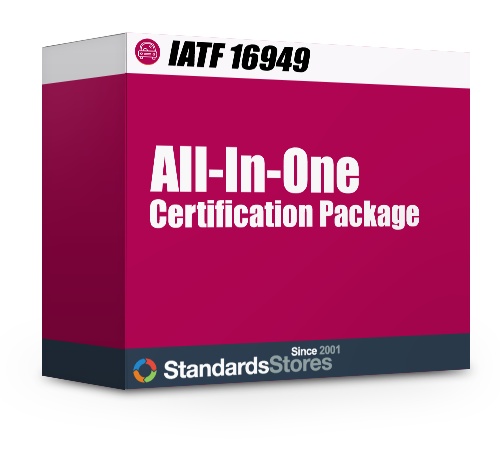IATF 16949:2016 Introduction
IATF 16949 is based off the new Annex L structure, which ISO has used across the board to make it easier for organizations to implement more than one standard at a time.
Requirements are identified in the standard by the word “shall”. For example, “The organization shall establish, implement, maintain and continually improve a quality management system.” The requirements do not begin until clause 4 of the standard. The first few clauses (0-3) are informational and introductory.
Clause 0 is an introduction to the standard, its purpose, principles and goal. To make it easier for organizations to understand the unique requirements of IATF 16949 from ISO 9001, all supplementary requirements for the Automotive Industry (IATF 16949) will be in italics.
Section 0 Introduction
Section 0.1: General
The intention of a QMS system is to help organizations consistently meet customer requirements, increase customer satisfaction, address risks and opportunities and meet objectives of the organization. If done correctly, implementing the IATF 16949 QMS will create many benefits for your organization.
Section 0.2: Quality Management Principles
The IATF 16949 standard is based on the following quality management principles:
- Customer focus
- Leadership
- Engagement of people
- Process approach
- Improvement
- Evidence-based decision making
- Relationship management
Section 0.3: Process Approach
The process approach involves defining an organization’s processes; their interactions as well as required inputs and outputs. The purpose is to help manage these processes in a systematic way. Applying the PDCA (Plan-Do-Check-Act) cycle will help ensure these processes are delivering intended results and their performance is being continually improved. The IATF 16949 clauses can be broken out into each of these cycle phases; plan (Planning), do (Support and Operation), check (Performance Evaluation) and act (Improvement).
One of the significant differences between ISO/TS 16949:2009 and IATF 16949:2016 is the replacement of preventative actions with risk management. When planning for your QMS, you are to determine risks and opportunities that need to be addressed and what actions will be taken to address them.
Section 0.4: Relationship with Other Management System Standards
The PDCA cycle and risk based thinking are concepts that are used in other ISO standards. In an effort to align ISO standards, IATF has decided to have their QMS follow ISO 9001 and adapt these concepts. In addition to these concepts, structure, content, and terminology have been modified from the 2009 version to make it easier for implementing multiple (or integrated) quality management systems such as ISO 14001.
Please note that certain text from the ISO 9001 standard is only used for instructional purposes. Standard Stores recognizes and respects the International Organization for Standardization (ISO) copyright and intellectual property guidelines.


